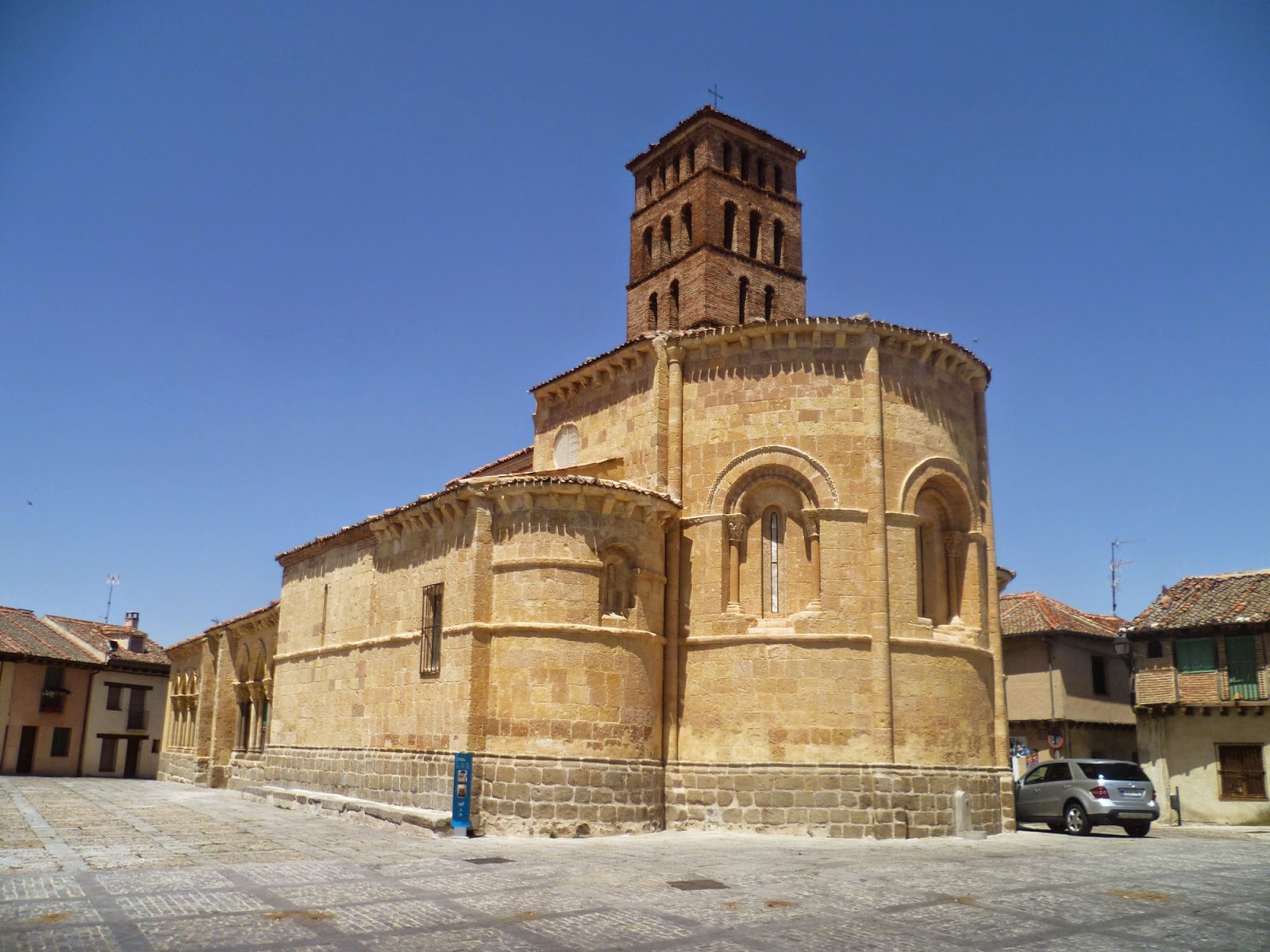Segovia es una de las ciudades históricas de la España antigua, y tiene importantes monumentos romanos que así lo atestiguan. En 1088, cuando el Rey Alfonso VI de Castilla recupera la ciudad de manos musulmanas, su yerno Raimundo de Borgoña y el primer obispo de la diócesis comienzan la repoblación de la ciudad con cristianos procedentes del norte de la península y de más allá de los pirineos. Segovia es conocida por su extraordinario acueducto y por el Alcázar donde residían los Reyes Católicos. En esta ciudad, en la parroquia de San Miguel, fue proclamada reina de Castilla (en España, la fórmula de sucesión de la monarquía es la proclamación, que viene desde el tiempo de los reyes godos) la hermana de Enrique IV, nuestra Isabel I, que casó con Fernando II de Aragón y de esta feliz unión nació la España moderna, herencia de la España visigoda, tras superar un período de 8 siglos, La Reconquista.
Segovia is one of the historic cities of ancient Spain, and it has important Roman monuments that testify to this. In 1088, when King Alfonso VI of Castile recovered the city of Muslim hands, his son in law Raymond of Burgundy and the first bishop of the diocese begin repopulating the city with Christians from the north of the peninsula and beyond the Pyrenees . Segovia is known for its extraordinary aqueduct and the Alcazar where there lived the Catholic Monarchs. In this city, in the parish of San Miguel, was proclaimed Queen of Castile (in Spain, the formula of succession of the monarchy is the proclamation, which comes from the time of the Gothic kings) sister of Henry IV, our Elizabeth I who married Ferdinand II of Aragon and from this happy union was born the modern Spain, heritage of Visigothic Spain, after overcoming a period of 8 centuries, La Reconquista.




















